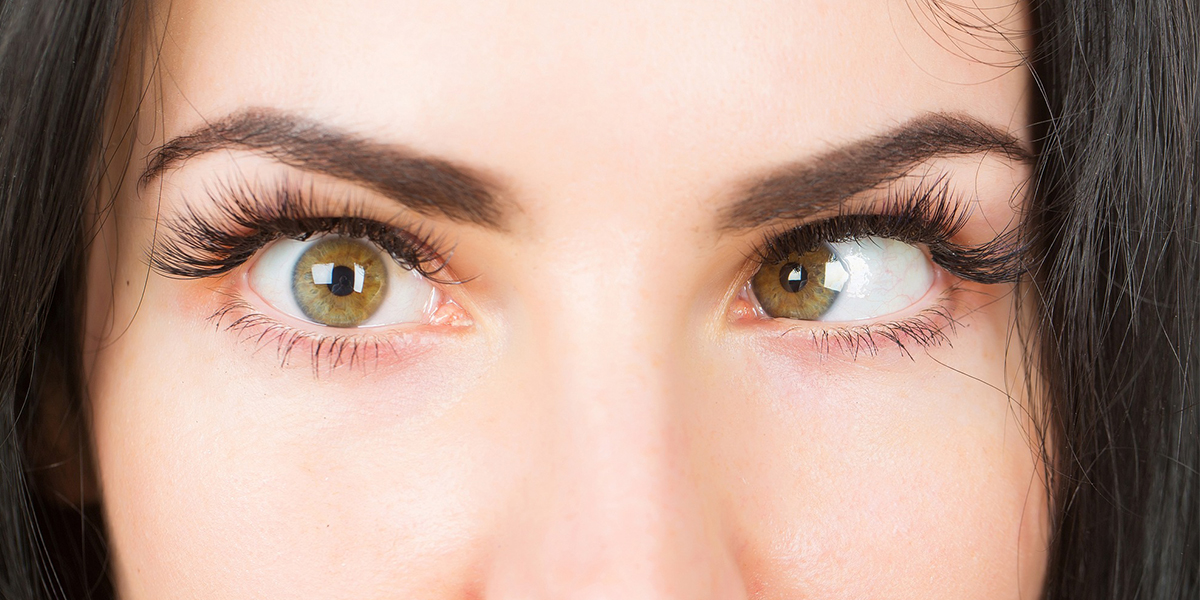
Strabismus is a condition in which the eyes are not properly aligned with each other and gaze of each eye is not brought to the same point. Each eye has 6 extraocular muscles. Strabismus occurs when one or more of these muscles have low or excessive power. One eye moves normally while the other points in, out, down or up. In some cases, both of the eyes deviate, which is called strabismus.
Deviation of the eyes may be temporary or permanent depending on the cause of strabismus. There is no only one cause producing the strabismus. The strabismus may occur depending on different causes.
Early diagnosis is critical in treatment of strabismus. If you are late for the initial eye examination, some problems may arise such as decreased vision, which may last for a life time, as well as aesthetical problems in children. Newborns and children must be examined by an ophthalmologist even though they do not have any eye problems.
How It Is Treated?
The treatment varies from person to person since strabismus is caused by many different factors.
Glasses:
Some types of strabismus occur associated with refractive defect. Strabismus will disappear when the patient starts to wear glasses. Wearing glasses should be enough with this type of strabismus.
Eye Patch:
This type of treatment is applied if the patient has a lazy eye.
Orthoptic Therapy:
This therapy is used to gain both of the eyes sight and perception of depth. These two functions enable eyes remain in parallel and are also highly important in our daily lives. It allows us to be more comfortable and successful when driving or engaging in sports requiring adjustment of distance and time such as basketball and tennis.
Surgical Intervention :
Congenital deviations are unlikely to be corrected by glasses and need to be operated in the early period (6 months to 1 year old). Most deviations occur at the age of 2 or 3 and are usually possible to be corrected completely by glasses. A surgical procedure will be needed when a deviation cannot be corrected by glasses. Surgeries for strabismus are usually performed by giving general anesthesia. The basic principle of the surgery is based on reducing or increasing or displacement of the power of the muscles attached to the eyeball. Lazy eye can be avoided and 3D vision can be achieved in strabismus by early diagnosis and treatment. Therefore, every child with suspected strabismus must be taken to an ophthalmologist specializes in strabismus.
Botox:
In some types of strabismus, botulinum toxin (BOTOX) can be injected. BOTOX will be effective and can be used as a treatment in strabismus associated with paralysis; in patients who were operated but no complete correction was achieved, in patients with deviation associated with goiter. Diplopia usually accompanies the sudden deviations associated with paralysis, which is quite difficult to the patient. The general approach is to wait for 6-8 months in this type of strabismus; however BOTOX can be injected to reduce diplopia during waiting period. A complete correction can be achieved by initiating an immediate treatment as soon as strabismus appears.

 English
English Français
Français Deutsch
Deutsch العربية
العربية